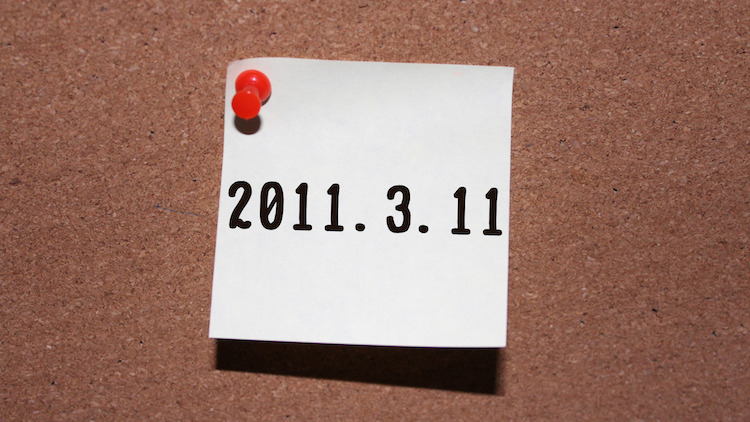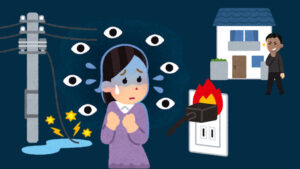The Great East Japan Earthquake occurred at 14:46:18 on March 11, 2011. The earthquake and tsunami caused extensive damage mainly in the Tohoku region.

CONTENTS
When you are unable to return home, 72 hours is key.
In Tokyo, where the earthquake measured 5 upper on the Japanese seismic intensity scale, transportation facilities such as railroads and roads were paralyzed. As a result, many people had difficulty returning home. According to the damage assumptions for an earthquake directly under the Tokyo metropolitan area released by the Tokyo Metropolitan Government in April 2012, (*1) 5.17 million people will have difficulty returning home. Since the Tokyo Dome has a capacity of 55,000, this is approximately 100 times the capacity of the Tokyo Dome.
About 100 times the number of people who have difficulty returning home than the Tokyo Dome can accommodate.
If a large number of people have difficulty returning home, heavy congestion at the nearest train stations and nearby facilities is inevitable.
When a large number of people have difficulty returning home in the center of Tokyo, it is inevitable that stations and facilities will be crowded. What would happen if a large number of people rushed to stations and roads all at once? If major transportation networks are stopped, the streets will be flooded with people.
Remain in a safe place for 72 hours
The lifesaving deadline is said to be 72 hours. Streets overflowing with people who cannot return home hinder the progress of ambulances and fire trucks, which in turn hinder lifesaving efforts.
In addition, even if a person is saved, there is a possibility of secondary damage such as serious injury or crushing death due to aftershocks or being caught in a crowd avalanche.
(※2)Therefore, to avoid risk, the Tokyo Metropolitan Government recommends that people stay at school, work, or other places where they can ensure their own safety for 72 hours, rather than going home unnecessarily.
What you can do to prepare for earthquakes (personal)
1. Conducting disaster drills at companies and schools.
2.Disaster prevention manuals are disseminated and shared among employees.
3.Secure multiple means of communication with family members, and check the Disaster Message Dial (171) in advance.
(Dial 171 is introduced in the following article.)
4. Habit of checking emergency exits.
5.Fixing desks and furniture. (corporate & personal)
6.Check the return route from the office to home.
7.Leave athletic shoes in preparation for walking home.
8.Stocking of regular medicines.
9.Food Stockpiling.
10.Use of emergency pouch.
It is also important to conduct various other simulations in anticipation of a disaster, such as walking home from work to home instead of taking the train.
You may also encounter disasters in various places, such as commercial facilities or on trains. In some cases, you may need to move to a temporary shelter after the shaking stops, so please keep this in mind so that you can take the best course of action according to the situation.
(writer Matsuoka)
参考:(※1) 「東京都の新たな被害想定について 首都直下地震等による東京の被害想定」 (PDF 3.4MB)
(※2) 東京都帰宅困難者対策 ハンドブック










